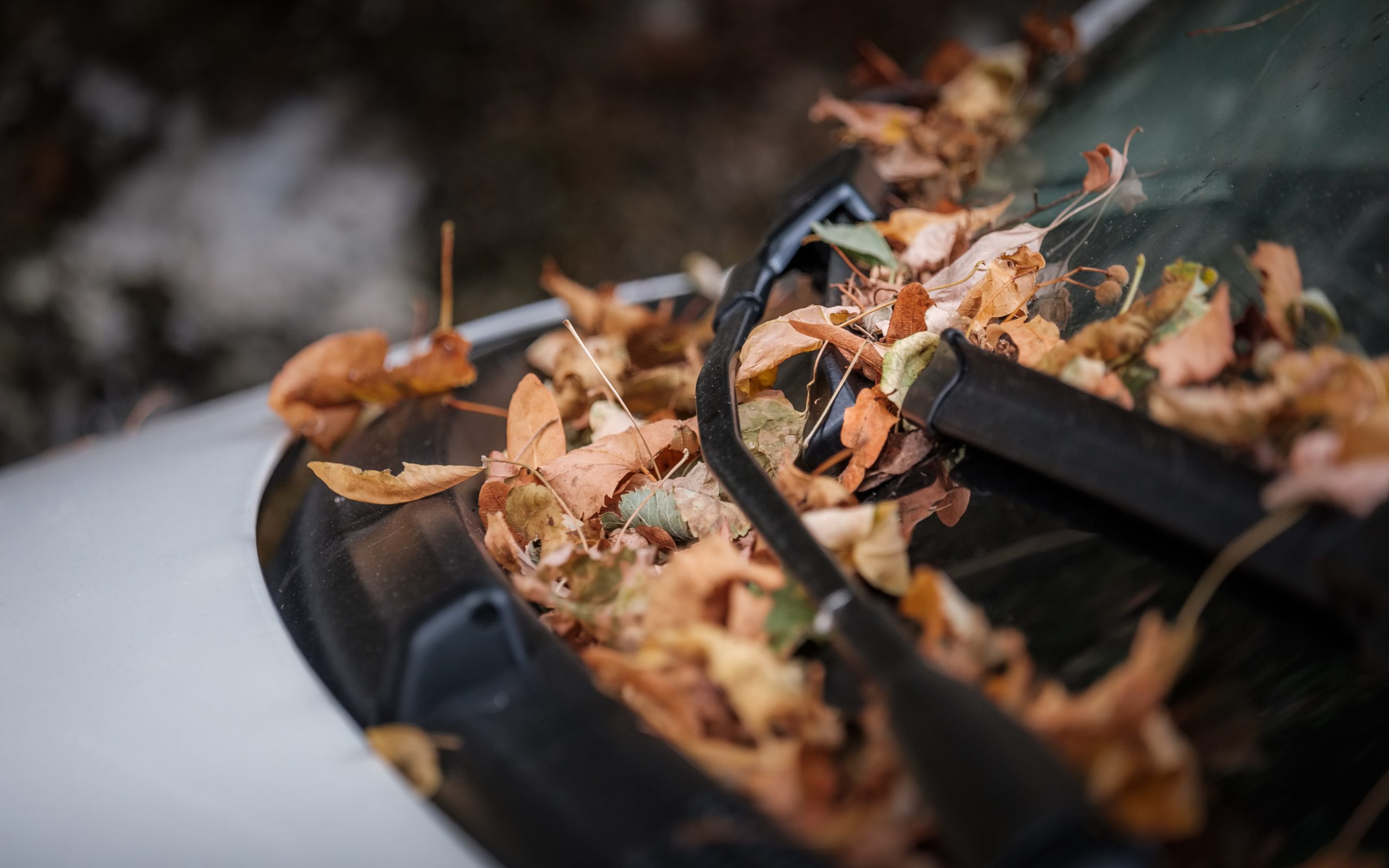There is nothing worse than that piercing shriek of windscreen wipers scraping across your windscreen. It makes every storm a painful experience and can make driving during bad weather even more distracting. And distractions are the last thing we need on the road. Today we are going to look at how to fix squeaky windscreen wipers.

1: Cleaning the Windscreen and Wiper Blades
A dirty wind screen or wiper blades can cause squeaky windscreen wipers. To remove build up from your wiper blades, follow the steps below:
- Lift the wiper blade so it’s oriented away from the windshield
- Wet a piece of paper towel with a small amount of hot, soapy water or a rubbing alcohol
- Carefully wipe down the blades with the paper towel until it comes away clean
- Make sure to clean the arm and hinged parts of the windscreen wipers as well because the hinged parts can stiffen with dirt and grime, contributing to the squeakiness
- If your windscreen wipers are severely dirty, you may need to use several pieces of paper towel
- Paper towel can be flimsy so we recommend doubling it up before wiping or using a rag instead of paper towel
- If your wiper blades won’t stay in position when pulled away from the windscreen, you will need to hold the blade away with your free hand and clean the wiper blades one at a time
Glass Cleaner
After cleaning your windscreen wipers, we recommend cleaning your windscreen as well with a good glass cleaner.
- Coat your windscreen with a generous amount of ammonia-free glass cleaner
- Wipe the windscreen with a soft, lint-free cloth, preferably microfibre, and wipe from top to bottom until the glass is clean
- If you don’t have glass cleaner you can use undiluted white vinegar. Simply add it to a spray bottle and use it like glass cleaner but be careful to avoid getting any vinegar on painted areas of the car
- Don’t use ammonia based cleaners as these can damage tinting and can also cause plastic to degrade quickly. Ammonia-free glass cleaners should be clearly labelled
If your windscreen is very dirty, you can clean it with baking soda. Simply sprinkle a generous amount of baking soda on a wet paper towel then wipe the glass clean with a top-to-bottom motion. You can also remedy squeaking noises on the go with alcohol wipes. If squeaking starts suddenly when you’re on the road, you don’t have the luxury of stopping and cleaning the windscreen and wipers thoroughly. Alcohol wipes will allow you to quickly wipe down the rubber on your windscreen wiper blades to stop squeaking on the go.

2: Common Causes of Squeaking
If your windscreen wipers and windscreen are clean, then there are a number of common causes of squeaking that are relatively easy to problem shoot. These include:
Refill Windscreen Wiper Fluid
One of the biggest reasons windscreen wipers squeak is because the windscreen isn’t wet enough. It is important to regularly check your windscreen fluid level and top it off when necessary. This way, you know your sprayers will be ready for action when needed.
Adjust the Position of Wiper Blades
Your windscreen wiper blades are designed to follow behind the motion of the wiper arm. If the wiper blades are stiff, they won’t trail behind the arm in the proper back-and-forth motion. Blades that are too tight also won’t be able to trail back and forth smoothly, which will cause chattering and squeaking. Stiff blades can also cause the rubber to appear to almost dig into the windscreen. You will need to twist the arm with your hands to loosen the stiffness.
Soften the Windscreen Wipers
As mentioned above, stiff wiper blades can cause squeaking and chattering. Some windscreen wiper blades might even be stiff coming out of the box while others will become stiff through exposure to the elements. We recommend that you should replace your windscreen wiper blades, yearly. Newer blades that are stiff out of the box can be stiffened utilising:
- Rubbing alcohol – dampen a paper towel with rubbing alcohol and gently buff the rubber of the blade
- ArmorAll – apply a liberal amount to a piece of paper towels and work into the rubber of the blades using circular motions
- WD-40 – we recommend using this technique sparingly as too much can dry out the rubber. Spray a little WD-40 on a paper towel and lightly apply to the rubber of the blade then wipe dry
Tighten the Fasteners of the Wiper Blades
It is important to check to see if your blades or the assemblies of the wiper are too loose or too tight. If there’s too little tension or too much tension between the glass and wiper can create a chatter or squeaking sound, too. You can tighten fasteners with a wrench by turning them clockwise and loosen them by turning them counter-clockwise. This may require some experimentation to find what works best. Ideally, the wiper blades should be held firmly in place, while still be loose enough to sweep effortlessly back-and-forth across the windscreen.

3: Replace Windscreen Wiper Parts
When all else fails, it is time to replace parts of your windscreen wipers. This includes:
Installing New Rubber Inserts
If the non-rubber blade and arm parts of your windscreen wipers are still in good condition, then you don’t need to replace them. Instead, you need to focus on the rubber elements of the windscreen wipers. Rubber breaks down faster than non-rubber parts, especially in warmer, sunnier weather. Remove and replace the rubber blade inserts and see if that fixes your squeaking issues.
Replace Wiper Blades Regularly
Pull the metal arm away from your windscreen to study the windscreen wipers. You should be able to see where the windscreen blade attaches to the arm, that there is a joint. On this joint there will be a release for the arm. Open the release, take out the old windscreen wiper blade, insert a new one, and reset the release. On some cars, there may be a push tab or tension hook attaching the blade to the arm instead. Release these kinds of fasteners with your hands before sliding off the blade. You should change your blades every year to every 6 months.
Replace the Wiper Blade Assembly
With time and use, windscreen wiper assemblies that hold your wiper blades in place, can become misshapen or inflexible, causing a squeaking noise. Follow the windscreen wiper lade down the arm to its base. You should be able to see the nut sticking up from this point. Remove the nut with a wrench and gently remove the arm. Fit a replacement arm into place and refasten the nut and your new assembly is ready to go. If you are concerned about replacing the wiper blade assembly on your own, then you can always contact expert technicians, like those at Quality Fit Windscreens, to help you with replacement.
Warnings and Recommendations
When it comes to repairing, replacing, and cleaning around your windscreen and wiper blades, you do need to remember:
- Never wax your windscreen as this can make the glass and blades slippery, preventing you from seeing in severe weather conditions
- Dirt and other foreign build up can cause squeakiness when splashed onto your car, so avoid making a big splash when driving into it when it rains
- Don’t use your wipers when your windscreen is covered in frost as this can cause excessive wear to your wipers and can ever cause tears in the rubber
Never add dishwashing detergents to your washer fluid as this can cause your windscreen to become even squeakier!
